Known as the Lexus Future Zero-Emission Catalyst, or LF-ZC, the concept vehicle is built on a new electric vehicle framework. It employs a modular design achieved through gigacasting, dividing the car's body into three primary sections: front, middle, and rear. This technique, also explored by other automakers like Tesla, enables the front and rear sections of the LF-ZC to function independently, facilitating quick upgrades to newer and more efficient batteries.
The vehicle will be manufactured on a cutting-edge, autonomous assembly line. The car will self-navigate through the facility using only its battery, motor, wheels, and wireless terminal, thereby removing the need for traditional conveyor belts. Moreover, the LF-ZC will feature prismatic-structure batteries, which Lexus claims will enhance driving range and lower the vehicle's weight. The goal is to approximately double the range of current BEVs.



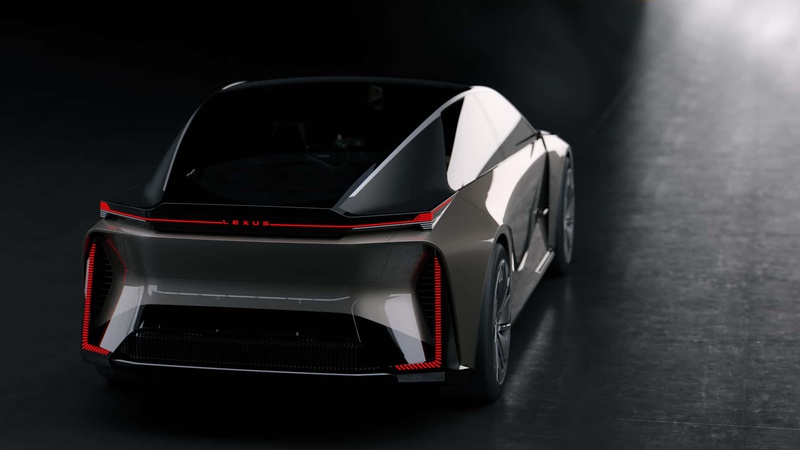
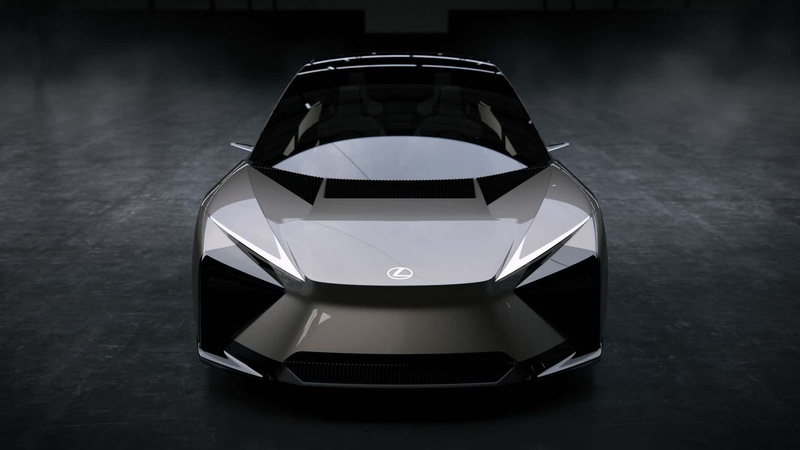
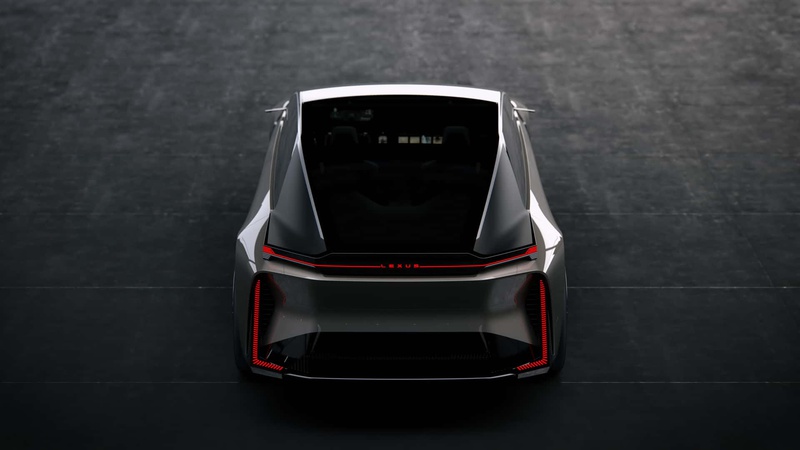
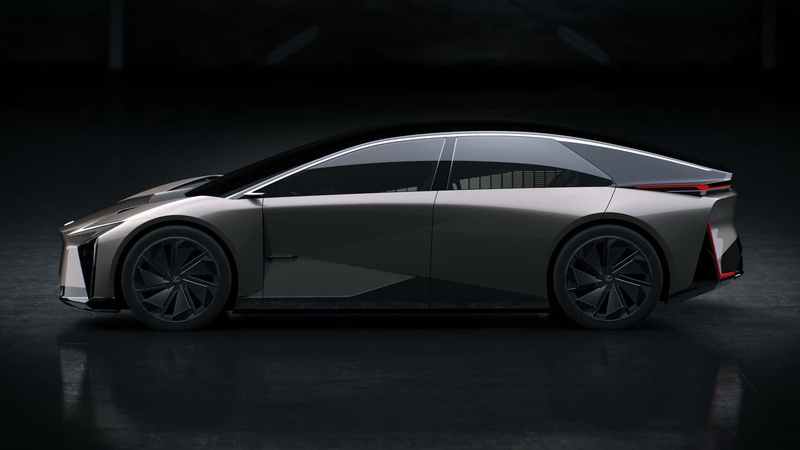

Lexus LF-ZC Concept
Dimension-wise, the LF-ZC is on par with the BMW i4 and Tesla Model 3, measuring 4,750 mm (187 inches) in length, 1,880 mm (74 inches) in width, and 1,390 mm (54.7 inches) in height, with a 2,890 mm (113.7-inch) wheelbase. Lexus aims for a drag coefficient of under 0.2, which would place it among the most aerodynamically efficient production cars ever built.
Stylistically, the LF-ZC blends the elements of a sport sedan and a wagon, somewhat reminiscent of the Kia EV6 but with a lower stance and devoid of classic crossover features. The design follows Lexus' "Provocative Simplicity" theme, signifying an evolution of the brand's existing design philosophy.

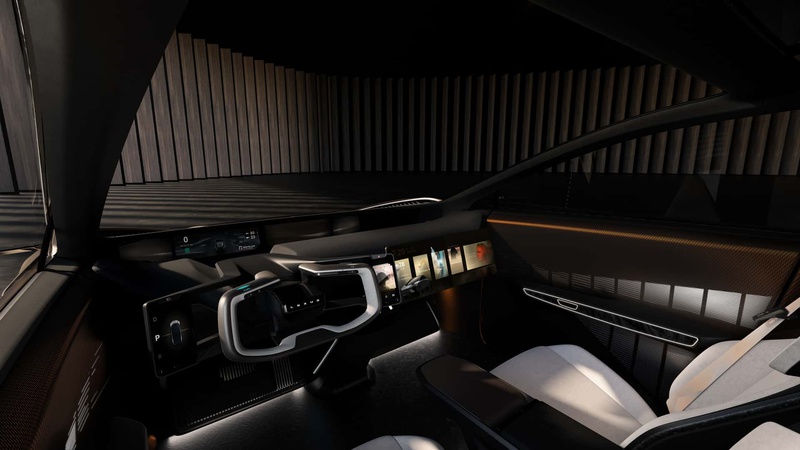

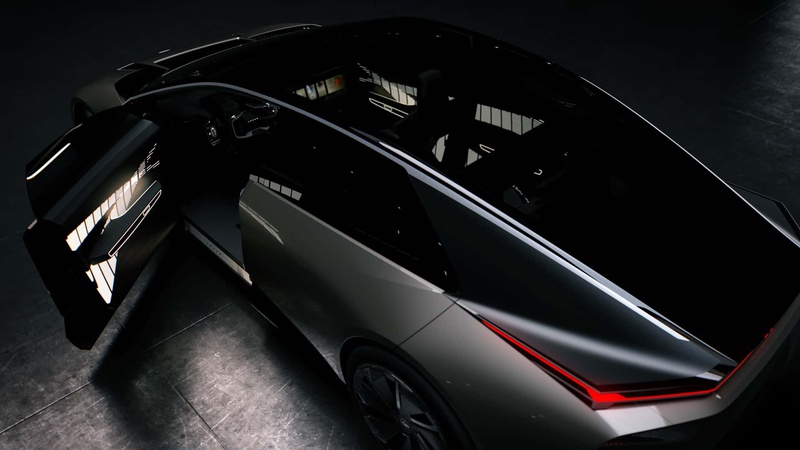
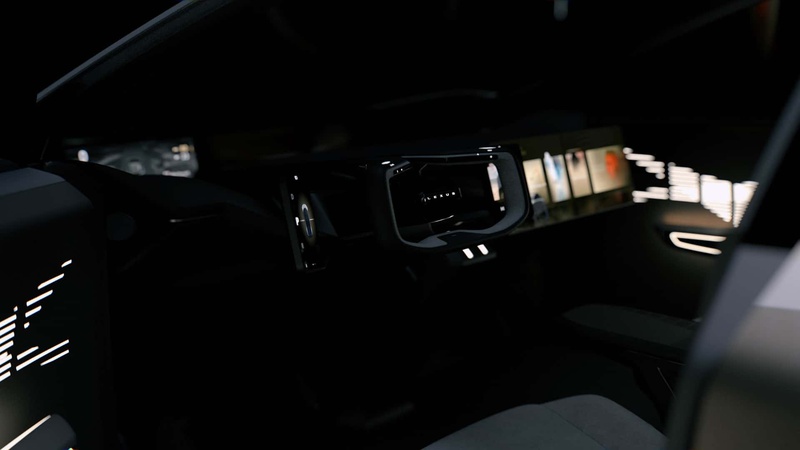
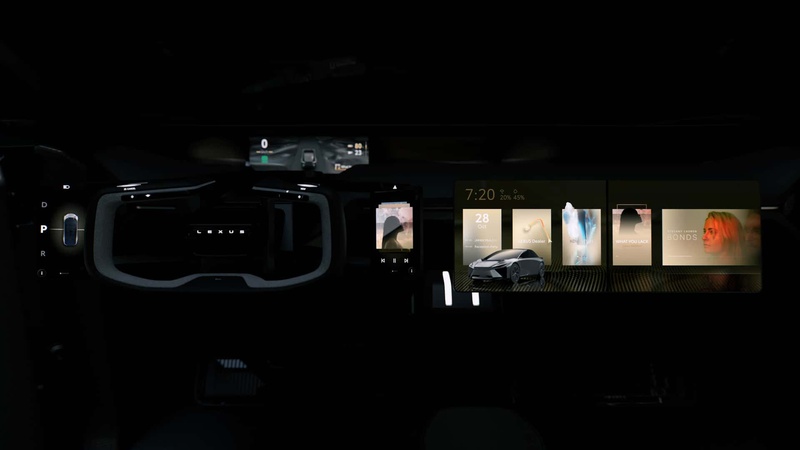
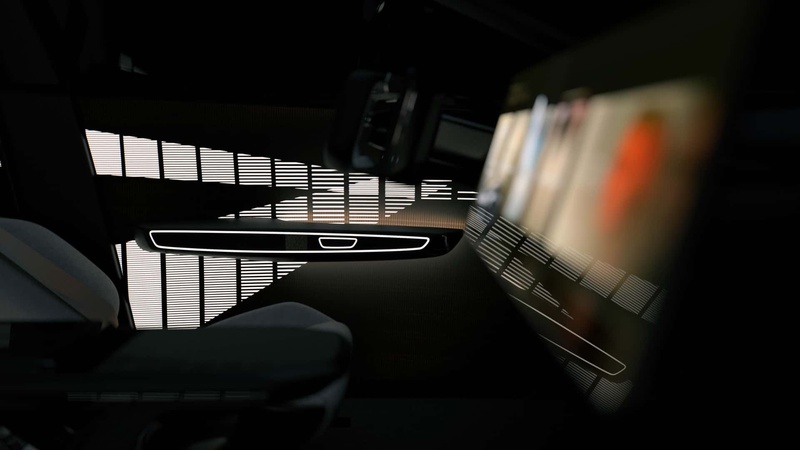
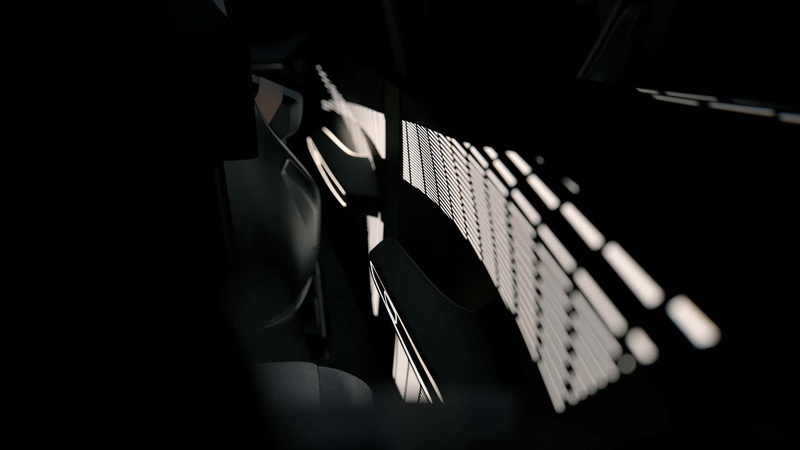
Lexus LF-ZC Concept
While Lexus hasn't disclosed the concept’s specific electric powertrain details, the vehicle will feature the company’s Direct4 all-wheel-drive system, along with a steer-by-wire mechanism similar to the Lexus RZ. The car promises to offer a driving experience where "the car and driver act as a single unit."
As for the interior, it offers generous space. Front-row passengers enjoy a low seating position towards the front on a flat floor. A full panoramic roof enhances the opulent ambiance. A modern yoke-style steering wheel is present, alongside a compact digital control pad to the left, which manages the shifter, autonomous driving options, and driving modes. To the right of the steering wheel, another screen controls music and climate settings, and a digital gauge cluster is also included. The dashboard shares similarities with the Toyota FT-Se concept also revealed in Tokyo.
The car comes equipped with an AI-powered voice recognition system called "Butler," which utilizes machine learning for software personalization. It operates in tandem with the new Arene OS to adapt various car functionalities to the user's preferences. Much of the interior utilizes bamboo, chosen for its rapid growth rate, exceptional CO2 absorption, and longstanding cultural significance in Japan.
Source: Lexus

